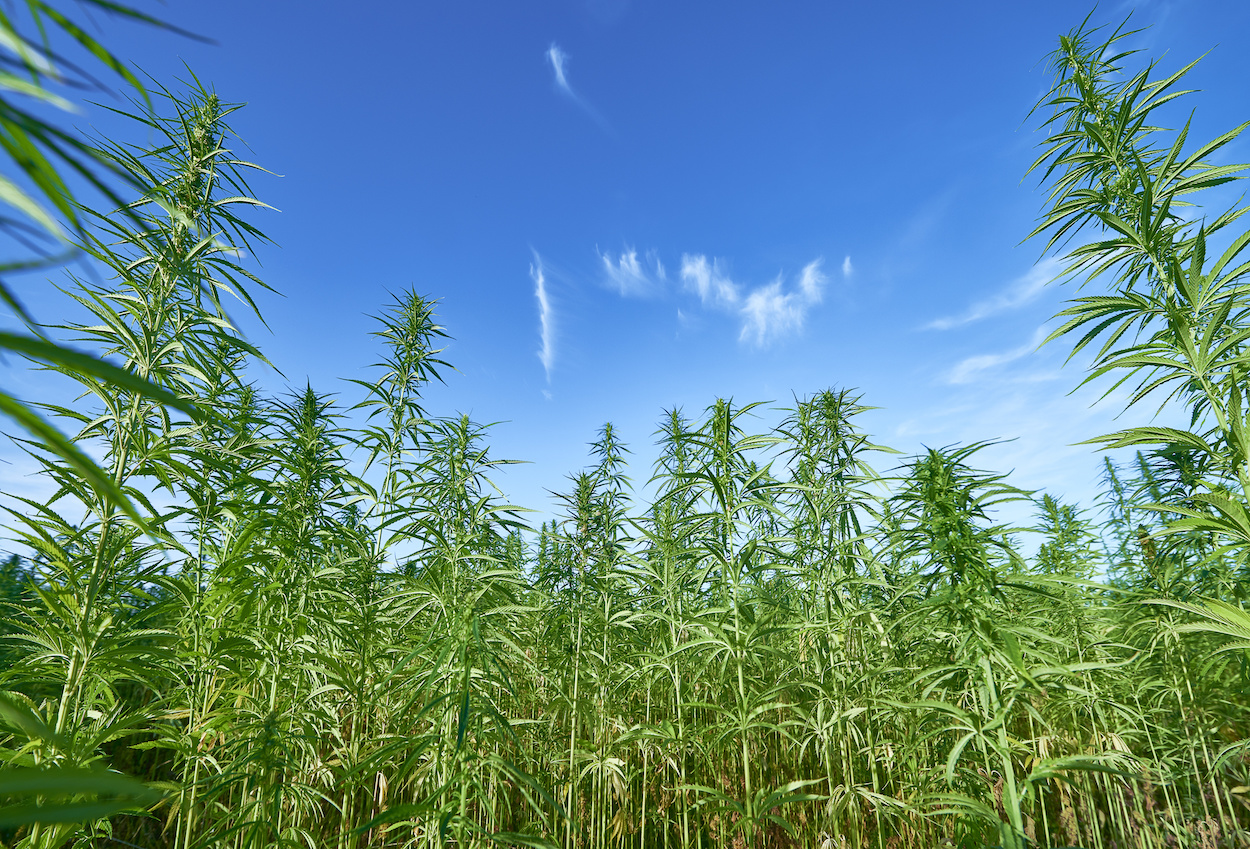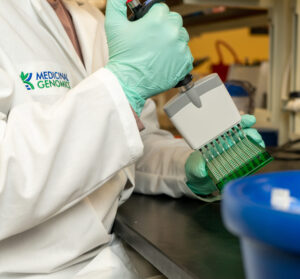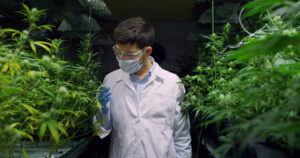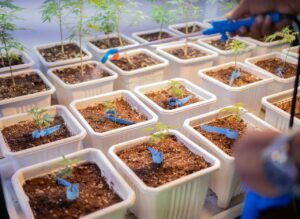Last week the USDA issued its much-anticipated interim final rule for hemp manufacturing.
While several lawmakers and industry stakeholders celebrated the announcement, not everyone on the cultivation side is so positive. New regulations around sampling and potency testing will make it difficult for farmers to stay under the 0.3% THC limit.
New Sampling Guidelines
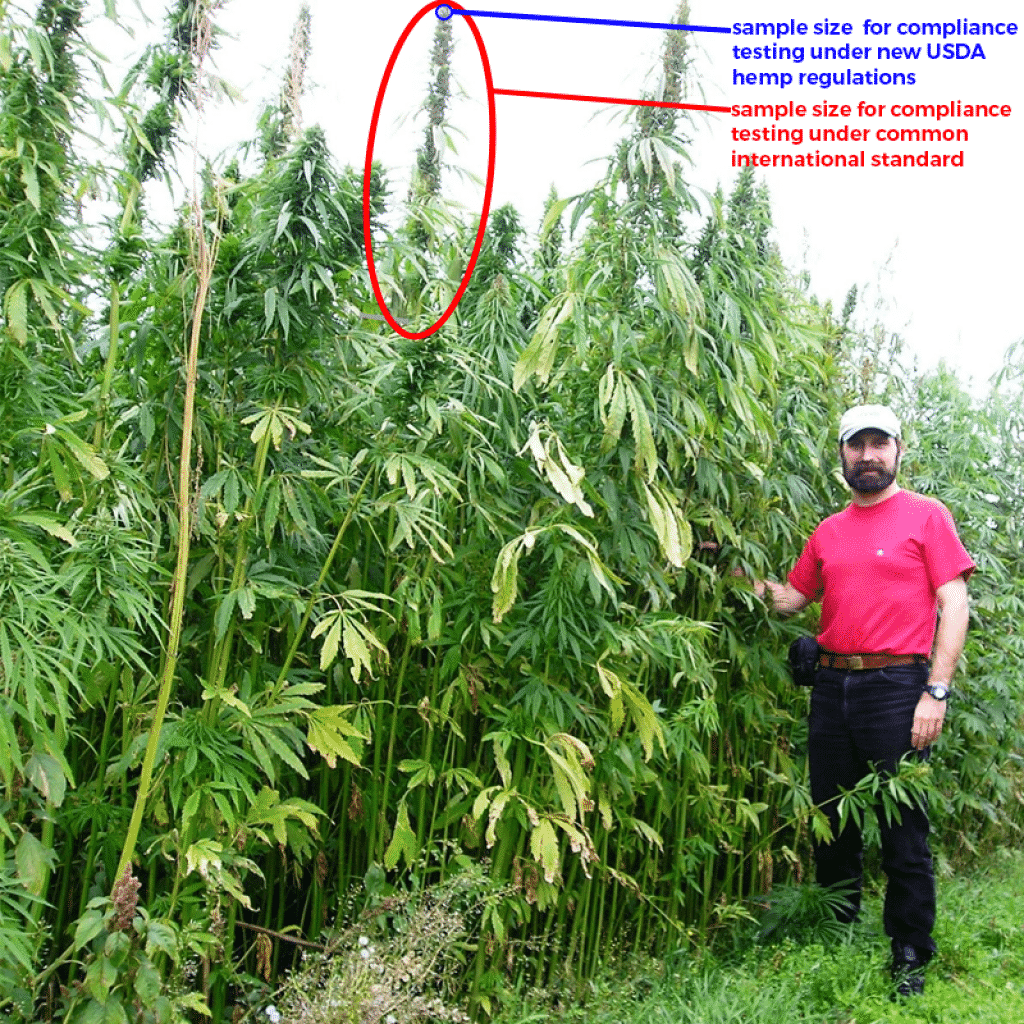
The USDA sampling protocol states the sample must come from the top 1/3 of the plant. This guidance is in line with the common international standards. However, the document also states “the cut shall be made just underneath a flowering material”. That statement contradicts the common international standards, which samples the entire portion of the plant, including stems and leaves. In a conference call, the USDA further clarified that hemp samples should only include flower and could be as little as the top 2” of the upper-most flower.
Excluding stem and leaves from the sample will make it much more difficult to stay below the 0.3% THC limit, especially when you consider the uppermost flower is typically the most cannabinoid-rich. Furthermore, the USDA rules require samples be taken within 15 days of the anticipated harvest. THC concentrations peak at harvest time
Including THCA in Total THC Number
The 2018 Farm Bill also closed a loophole that allowed high THCA plants to meet the 0.3% THC requirement.
The language in the 2014 Farm Bill classified hemp as cannabis with less than 0.3% THC. Some states took that literally and would only use the THC value for evaluating whether the plant met the requirement. However, the cannabis plant does not produce THC. It produces a non-psychoactive acid form known as THCA. It’s only when THCA is decarboxylated, typically by heating it, that it converts to THC. So in those cases, a high THCA plant could be classified as hemp, even though it has the potential to get consumers very high.
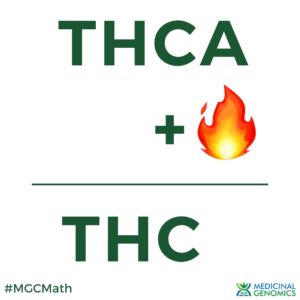
The 2018 bill specified that labs must use a “post-decarboxylation or other similarly reliable” method for detecting THC. This change shouldn’t affect most hemp farmers who have no interest in cultivating psychoactive plants; however, it does remove a safety net.
What does this mean for hemp farmers?
The USDA considers plants that exceed the 0.3% THC to be a controlled substance, and they must be destroyed accordingly. Farmers who produce plants over 0.5% will receive a negligence violation. Fortunately, negligence violations are not subject to criminal enforcement, but if a farmer receives multiple violations they could be ineligible to produce hemp.
Another potential headache for farmers is that analytical laboratories must be registered with the DEA in order to perform compliance testing. No existing cannabis labs are registered with the DEA because they handle a schedule 1 substance, which violates federal law. In fact, a cannabis testing lab in Colorado applied for DEA registration in 2010 only to have DEA agents show up, find marijuana. and seize all the testing samples.
The USDA said they will provide a list of DEA-registered labs on their website, but nothing has been posted yet. It will be interesting to see what testing options are available for hemp farmers going forward.
What can hemp farmers do to protect themselves?
The most immediate recourse for hemp farmers is to submit comments to the USDA on the sampling procedure. Because the USDA provided sampling guidelines in a sperate document, they can adjust them without having to modify the final rule. However, assuming the guidelines do not change, hemp farmers must take steps to make sure their plants will pass compliance testing.
First, farmers who purchase seeds must do so from reputable seed banks who have a proven record of producing plants that are under the 0.3% THC threshold. Recently, many articles have been in the news about hemp farmers who purchased seeds that did not match what the seed bank advertised.
Hemp farmers who are looking to breed their own varieties would benefit greatly from whole-genome sequencing. We have found there are more than 8 genes responsible for THCA production. The heatmap below shows coverage variation (CNV analysis) of many Cannabinoid Synthase genes (Y axis) across 40 genomes (X axis).
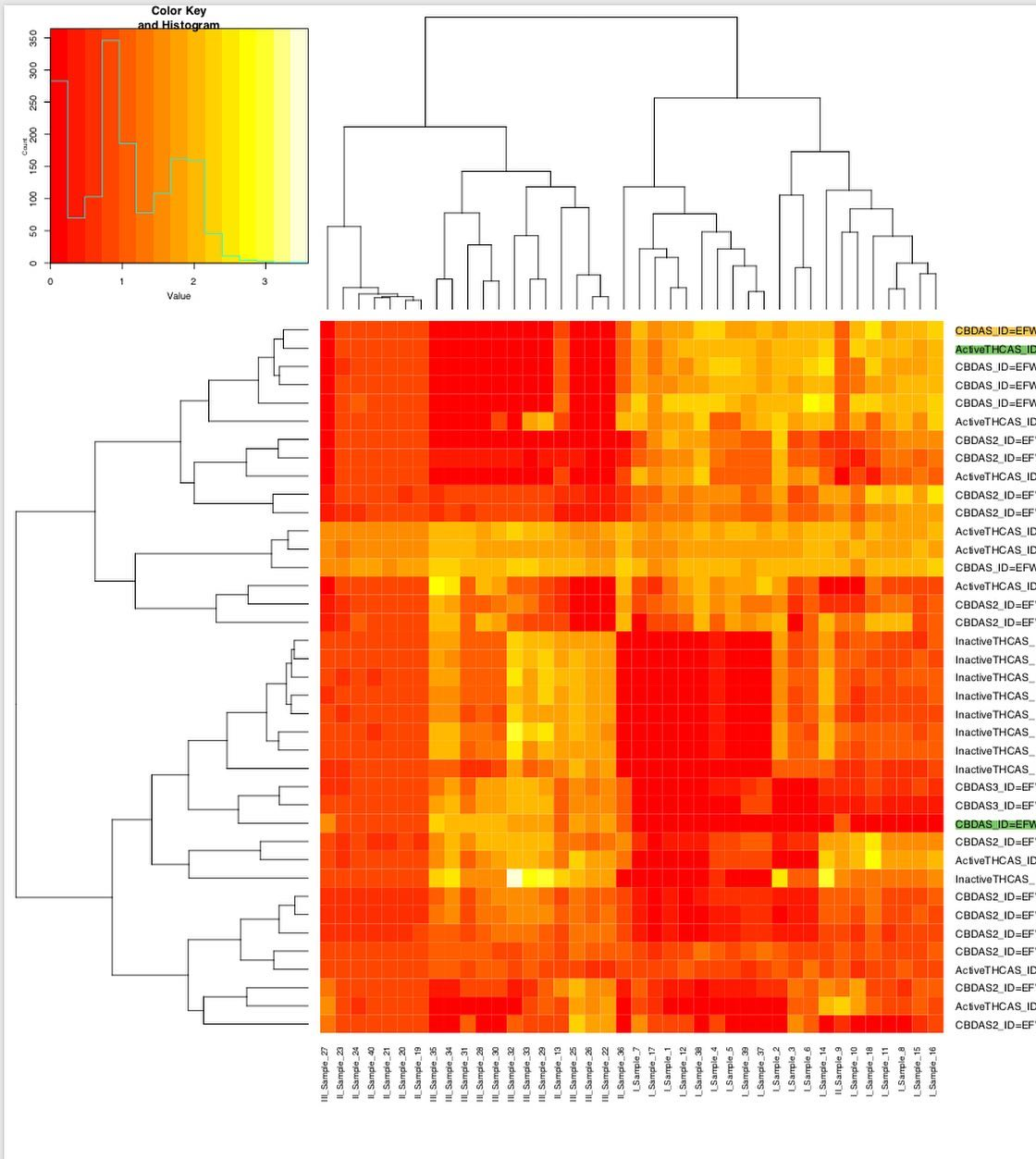
You will notice CBCAS (inactive THCAS) is present and absent in many lines. This is a leaky gene and makes minor levels of THCA. If you want to breed lines free of THCA, you need to screen your parental lines for these gene knockouts to get anywhere.
We can help you sequence your lines and develop markers so you can track and select offspring.

